12 Must-Know Facts About Collecting Antique Postcards
Collecting antique postcards is a fascinating hobby that combines history, art, and nostalgia. These small pieces of history provide a glimpse into the past, offering insights into different eras, cultures, and personal stories. Whether you’re a seasoned collector or just starting, understanding the basics of postcard collecting can enhance your experience. From learning about printing methods to understanding postcard themes, there is a lot to discover. The value of a postcard often depends on factors like rarity, condition, and historical significance. In this article, we will explore must-know facts about antique postcards to help you build a meaningful collection.
This post may contain affiliate links, which helps keep this content free. Please read our disclosure for more info.
Origin of Antique Postcards
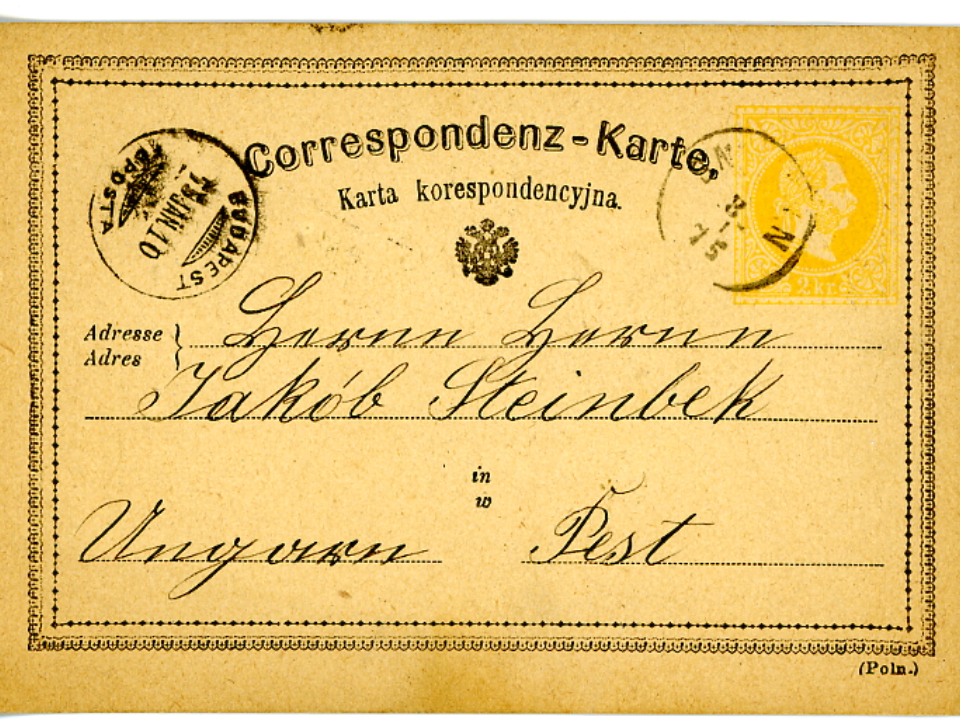
Antique postcards date back to the late 19th century. The first postcard was sent in 1869 in Austria, and it quickly spread across Europe and the United States. The idea of a postcard was to send brief messages with a visual element, making it easier to share memories. Early postcards often depicted landmarks or scenes from the local area. This period marked the beginning of a new form of communication.
The popularity of postcards continued to grow as the production methods improved. By the early 1900s, postcards were commonly sent for special occasions and holiday greetings. Postcards also became a form of souvenir, allowing travelers to share a glimpse of their experiences with loved ones. The golden age of postcards, roughly from 1900 to 1910, saw the rise of large collections that still hold value today.
Types of Postcards
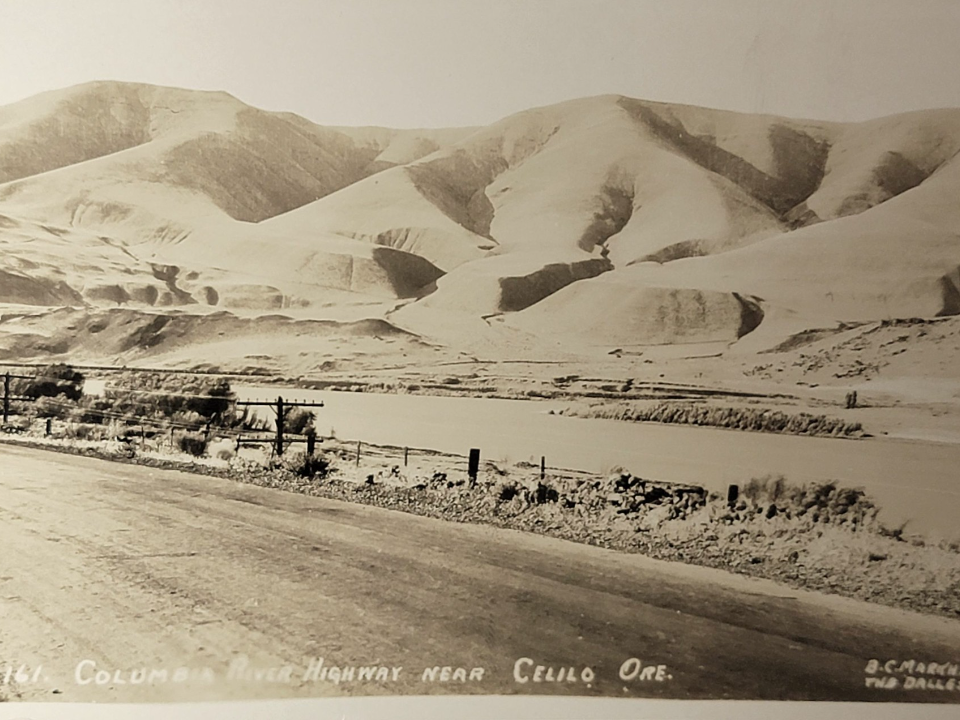
There are several different types of antique postcards that collectors focus on. Some of the most common types include view postcards, real-photo postcards, and comic postcards. View postcards show scenic or historical images of cities, landmarks, and landscapes. Real-photo postcards are unique in that they feature actual photographs rather than artistic renderings.
Comic postcards are a fun genre, often humorous or satirical. They were particularly popular during the early 20th century and are considered highly collectible today. Each type of postcard can hold unique appeal for different collectors, making it essential to understand the types when starting a collection. Knowing what type of postcard you are collecting helps you focus your search and builds a more refined collection.
Postcard Printing Methods
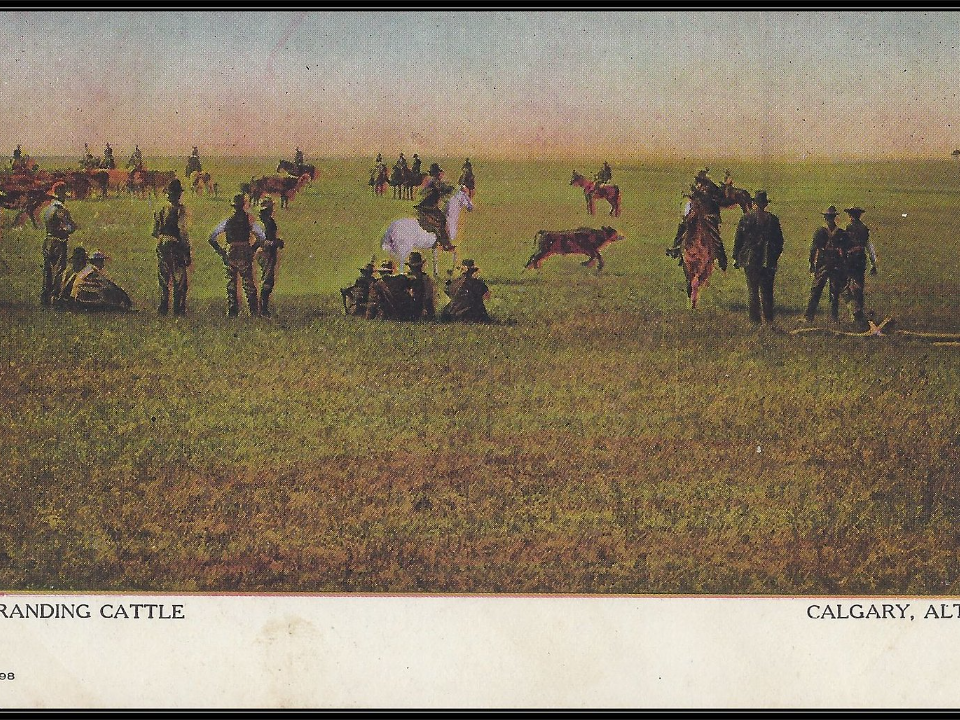
Postcards were produced using a variety of printing methods, and the printing technique can often help date and identify the postcard. Early postcards were often lithographed, where a stone or metal plate was used to reproduce images. This method allowed for vibrant, multi-colored images, making these postcards highly sought after by collectors.
Later, postcards were produced using photochrom and collotype methods, which produced more detailed and realistic images. The introduction of new printing technologies in the 20th century improved the quality of postcards, but collectors often seek out the older lithographed and photochrom cards for their historical significance. The printing method can also influence the value of the postcard in a collection.
Postcard Sizes
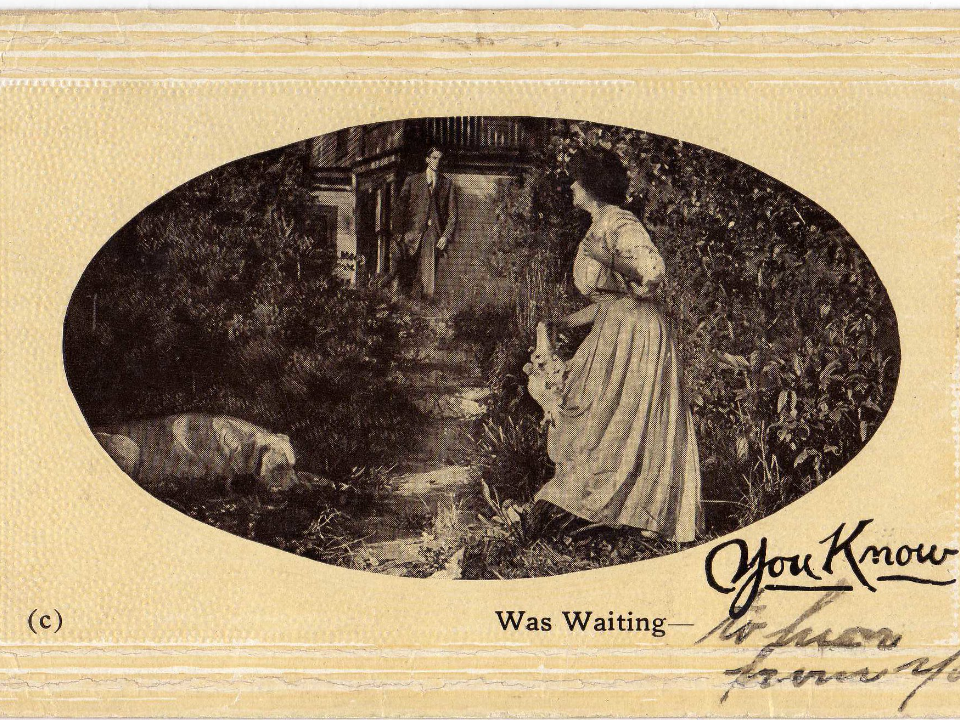
The size of a postcard plays an important role in determining its era and value. Standard postcards, especially those from the early 20th century, typically measured 3.5 x 5.5 inches. This size became the norm and is still recognized as the traditional size for postcards today. However, there were also larger and smaller variations, such as the “souvenir” cards, which were larger and often featured elaborate artwork.
Postcards with unusual or non-standard sizes are often considered rarities. Collectors may find these odd-sized postcards appealing due to their unique shape, though they can sometimes be harder to store and display properly. Understanding the sizes used throughout the history of postcards can help collectors gauge the authenticity and age of their cards.
Postal History and Stamps
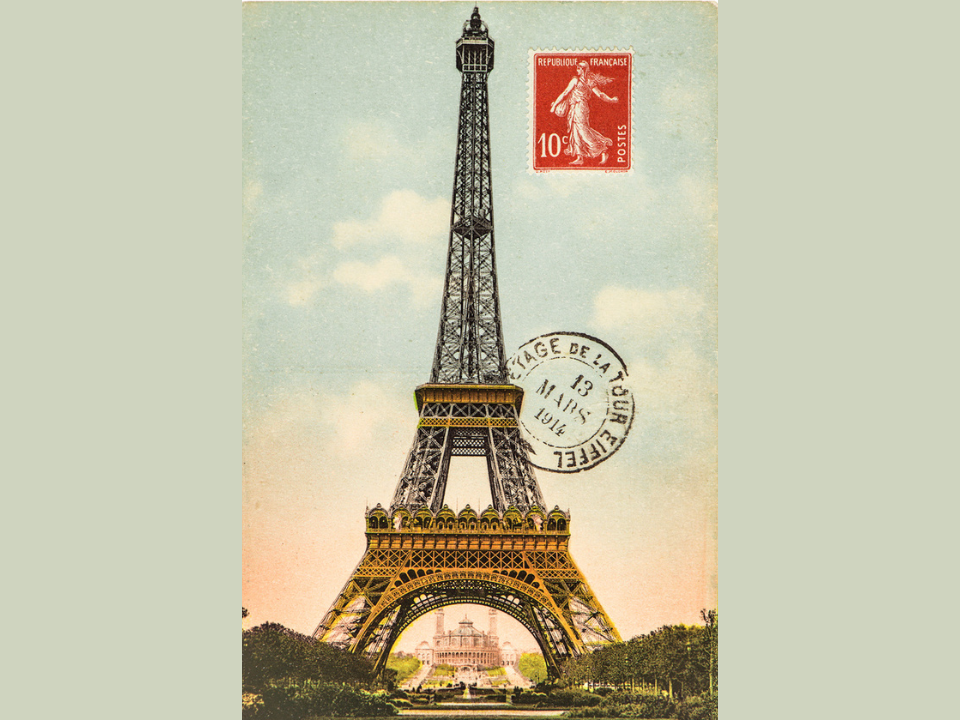
Postcard collectors often have a keen interest in the stamps that were used to send the postcards. The date on the stamp can provide valuable insight into the time period of the card. Postcards with rare or unusual stamps, such as limited-edition releases or errors, can significantly increase in value. A postcard’s postal history, including postmarks and cancellations, also adds to its historical appeal.
Collectors should pay attention to the condition and placement of the stamp, as this can impact the card’s overall value. Many collectors focus on postcards with stamps from specific time periods or regions. For those who enjoy the historical aspect of postcard collecting, examining the stamps can add another layer of interest and value to the collection.
Condition of Postcards
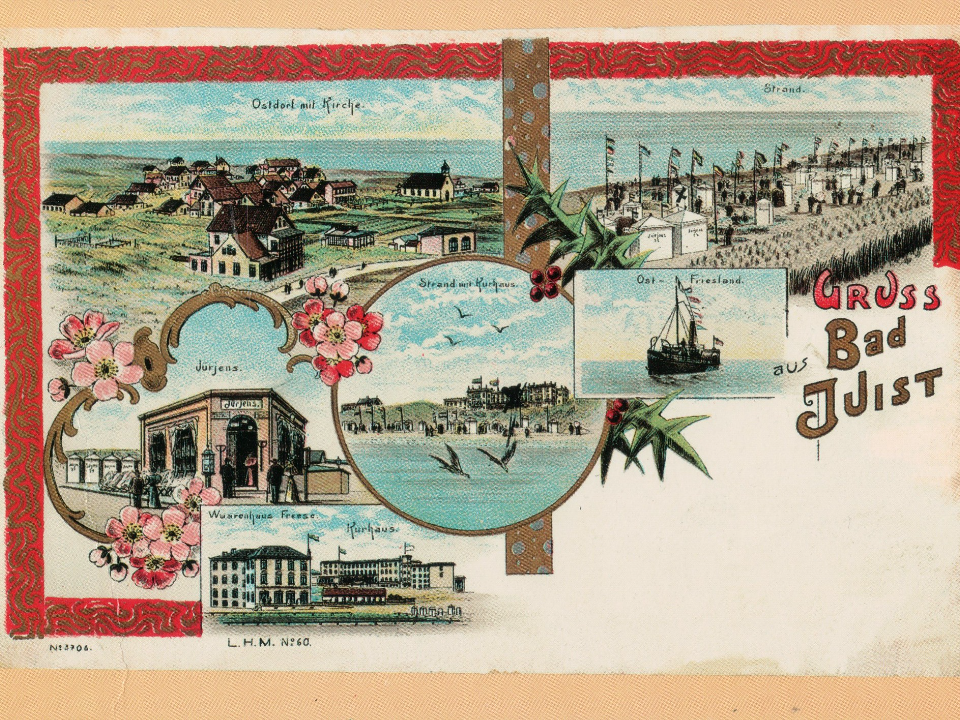
The condition of a postcard is one of the most critical factors in determining its value. A card that is well-preserved with minimal wear is always more valuable than one that is torn, faded, or damaged. Common issues such as bent corners, creases, and fading can reduce the value of a postcard significantly. When collecting antique postcards, always handle them with care to prevent further damage.
To maintain good condition, it is advisable to store postcards in protective sleeves or albums. Exposure to sunlight, humidity, or poor handling can cause irreparable damage. Additionally, the quality of the paper and ink used in early postcards can deteriorate over time, so collectors should be mindful of any signs of aging when assessing the card’s condition.
Types of Postcard Artwork
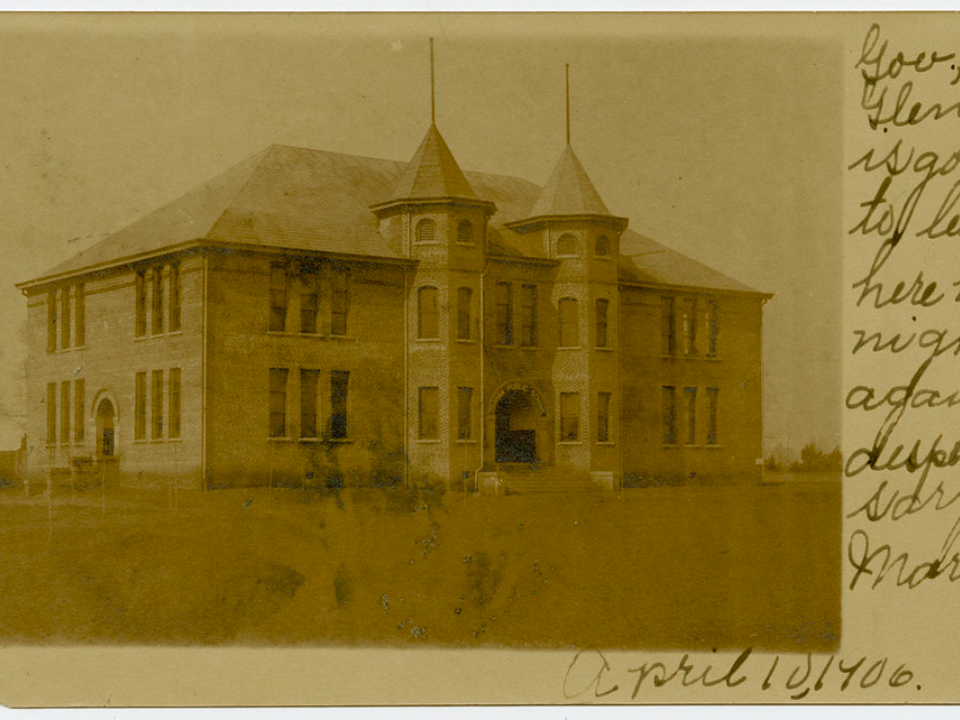
Postcards from different eras often featured various styles of artwork, which can help collectors determine the period the postcard was produced. Early postcards were typically designed with artistic flair, often hand-colored lithographs, and featured detailed illustrations of landscapes, architecture, and famous personalities. These cards often have a charming, vintage aesthetic that attracts collectors.
In the 20th century, photographic postcards became more common. These postcards would often feature black-and-white or sepia-toned photographs of cities, people, and scenes from daily life. Collectors may find that postcards with high-quality artwork or rare artistic styles hold more value, particularly if the artist or photographer is well-known.
Holiday and Special Occasion Postcards
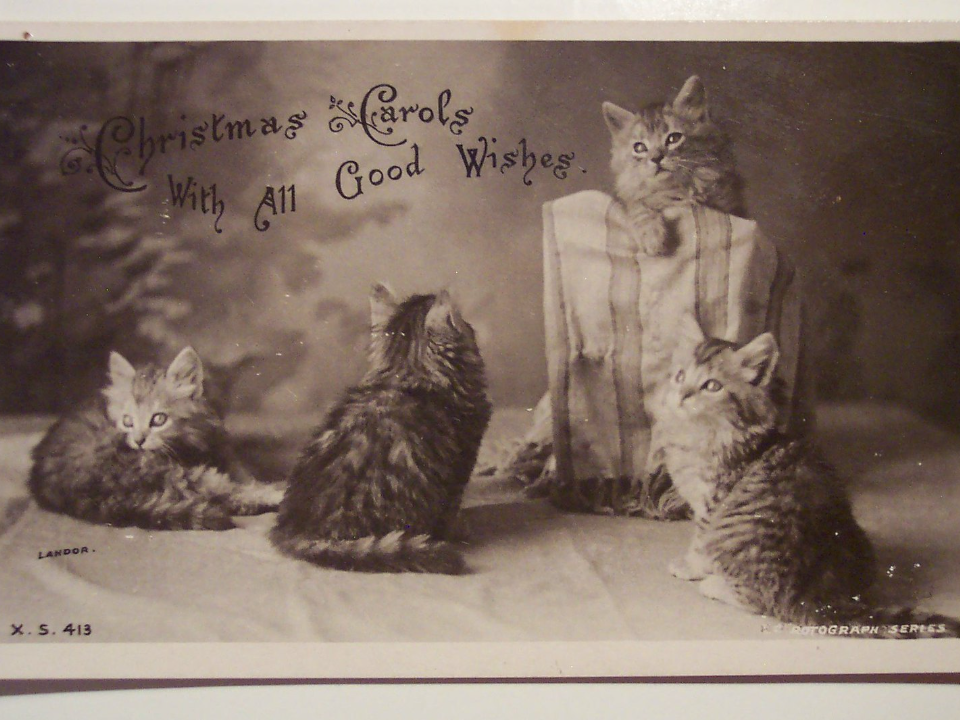
Holiday postcards were extremely popular during the early 20th century and remain highly collectible today. These postcards were sent for Christmas, New Year’s, Easter, and other major holidays. Postcards for special occasions like birthdays, weddings, and anniversaries were also common, featuring festive designs and sentimental messages.
Because these postcards were often produced in limited runs or with unique holiday themes, they can be valuable to collectors. Collectors of holiday postcards often seek out the earliest editions, especially those with unusual or rare designs. The personal and festive nature of these postcards adds a unique touch to a collection, making them especially enjoyable to collect.
The Golden Age of Postcards
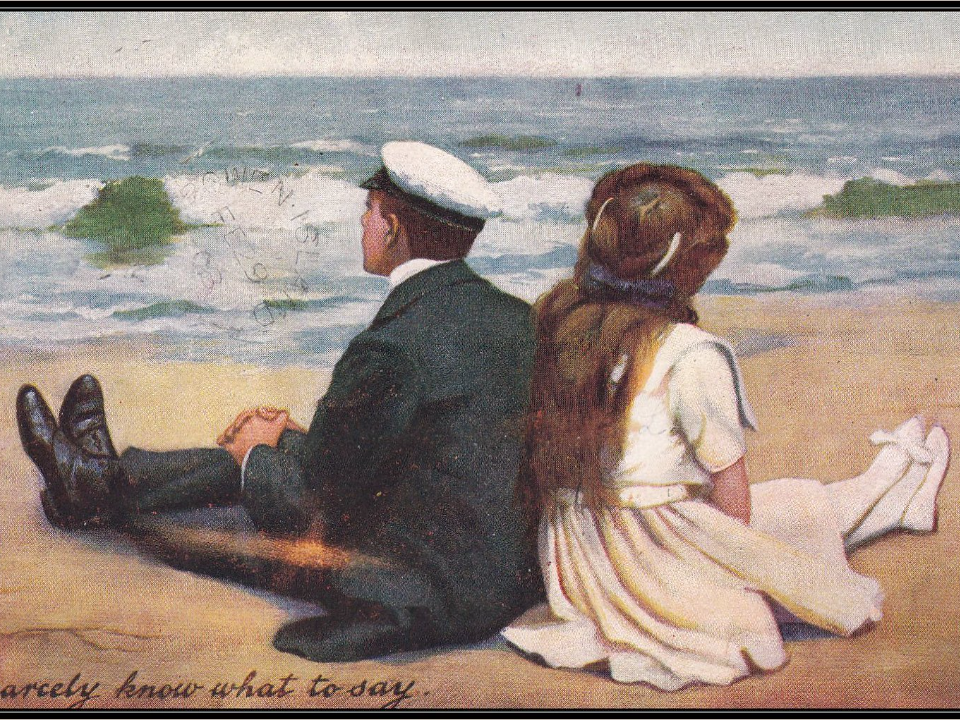
The period from 1898 to 1918 is often considered the “Golden Age of Postcards.” During this time, postcards were widely exchanged for both personal and commercial reasons. They became a popular way to send greetings, and the postal system was designed to handle the influx of postcard mail. Many postcards produced during this period are highly collectible today, with some becoming rare and valuable.
The Golden Age saw the rise of various postcard publishers, and new trends in design and production flourished. These postcards often feature vivid colors, intricate artwork, and depictions of scenic locations. Collectors who are interested in postcards from this period typically look for well-preserved examples that reflect the social and cultural trends of the time.
Themes in Postcard Collecting
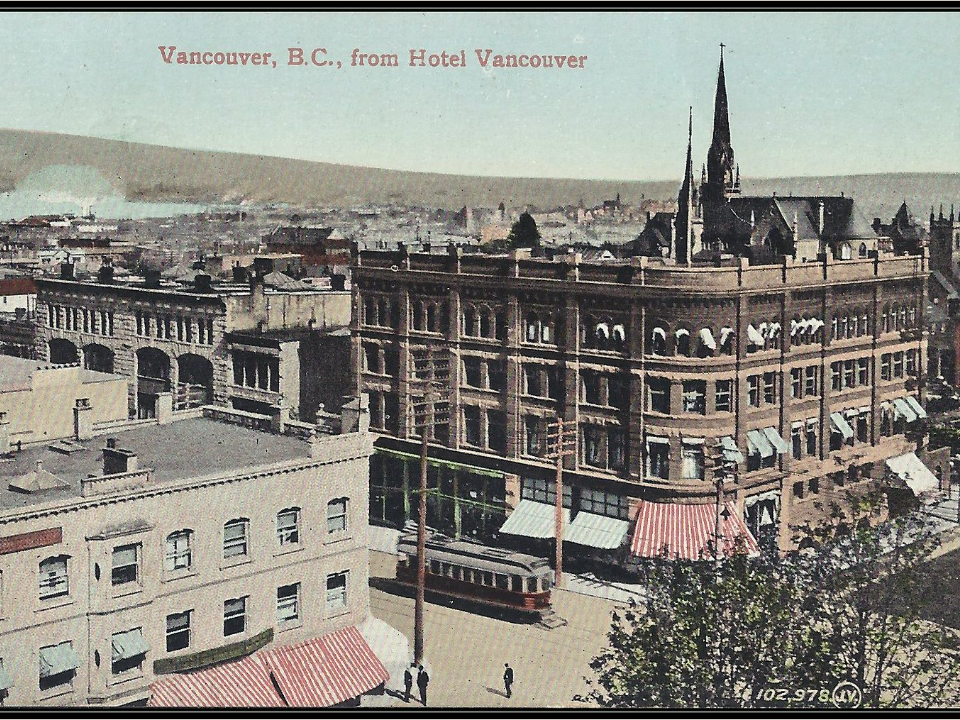
Postcard collecting often revolves around themes, such as places, events, or specific subjects like animals, transportation, or famous landmarks. Collectors may choose to focus their collection on a particular subject matter, such as postcards from a specific city, country, or type of landmark. This thematic approach can make collecting more personal and allow collectors to delve deeper into their chosen topic.
Some collectors focus on more niche themes, such as postcards depicting certain historical events, artists’ works, or even postcards with particular color schemes or design styles. Thematic collecting allows for a more focused and organized collection and can make it easier to find postcards that fit the collector’s interests.
The Role of Postcards in Social History
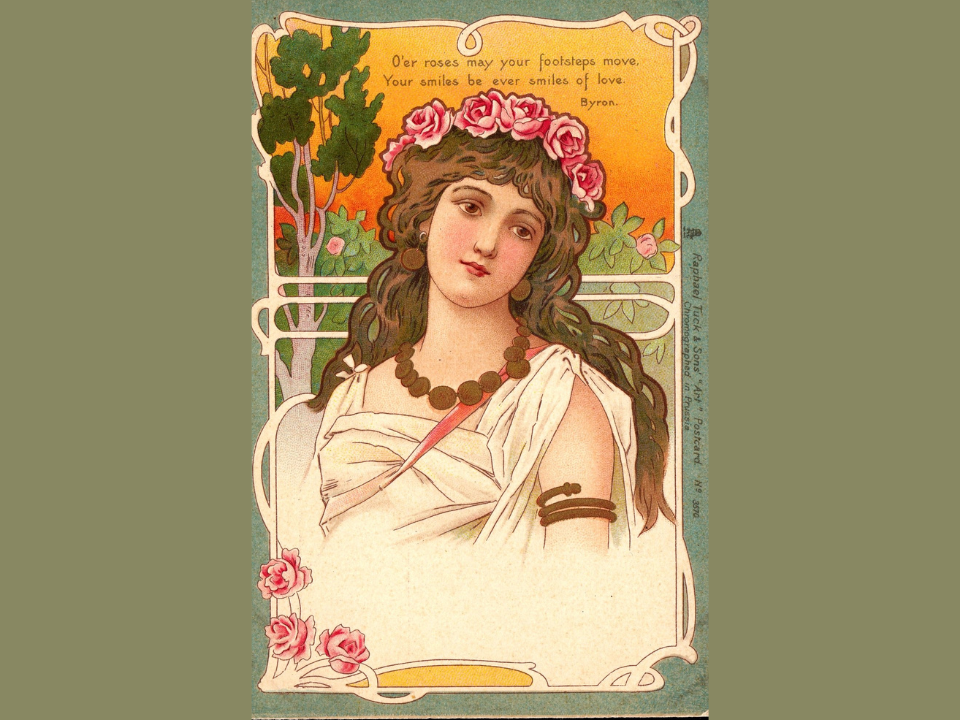
Postcards serve as valuable snapshots of social history, offering insights into past cultures, events, and societal trends. Many postcards from the early 20th century feature messages that provide a glimpse into everyday life, including comments about the weather, family events, and current news. This makes postcards valuable for historians and collectors alike.
Postcards also reflect the artistic movements of their time. For example, postcards from the Art Nouveau and Art Deco periods often feature distinctive artistic styles that are indicative of the period’s cultural influences. Collectors who are interested in the social and historical context of postcards often seek out these historically significant cards for their collections.
Identifying Rare Postcards
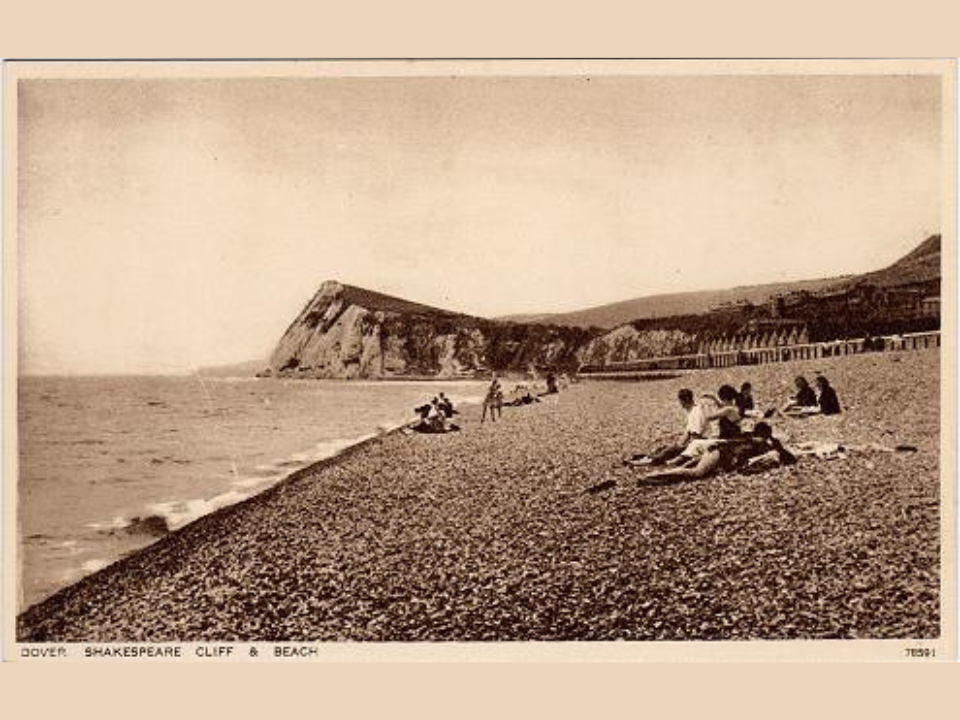
Not all postcards are created equal, and some are rarer than others. Rare postcards are typically defined by factors such as scarcity, printing errors, or unique themes. For example, a postcard with a printing mistake or limited distribution can become highly collectible over time.
Some rare postcards may come from a specific event, location, or artist that has a significant cultural or historical impact. Collectors may look for postcards that have unique features, such as misprints, unusual colors, or limited editions. These factors contribute to the rarity and value of the postcard in a collection.
